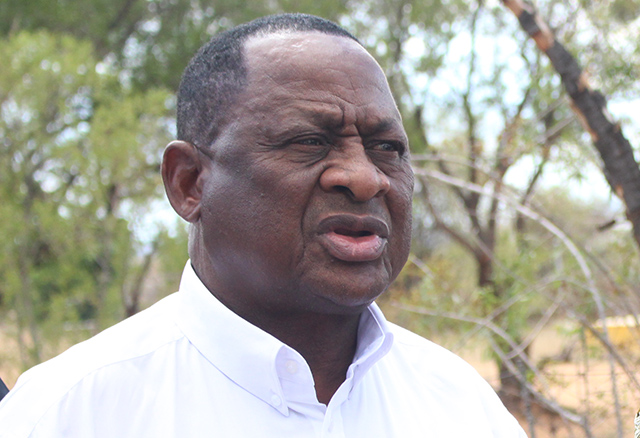The Ministry of Health and Social Services says it plans to eliminate malaria by 2027, but will need N$1,8 billion to drive the National Malaria Elimination Strategic Plan for 2023 to 2027.
On average, this will cost the government N$450 million annually.
This is while 10 of the country’s regions are currently battling malaria outbreaks with a shortage of testing equipment.
Health minister Kalumbi Shangula revealed this in the National Assembly on Thursday after Winnie Moongo, a member of parliament and a healthcare professional, questioned him over the shortage of materials and equipment for testing for malaria infection.
“This national response plan has considered lessons learned and contains strategies and activities to address challenges experienced in the previous strategic plan. The current strategic plan is costed at N$1,8 billion,” he said.
Shangula confirmed the shortage of equipment.
“The shortage of diagnostics has been attributed to delayed delivery, and is being addressed through emergency buyouts from local suppliers.
“An amount of 3 000 diagnostic kits have been delivered, and 17 000 are due for urgent delivery,” he said.
Namibia has recorded a malaria outbreak in 15 health districts in 10 regions and Shangula emphasised that the country is not currently experiencing a malaria epidemic.
The affected regions are Zambezi, Kavango East, Kavango West, Ohangwena, Oshikoto, Oshana, Omusati, Kunene, Omaheke and Otjozondjupa.
“This means with every rainy season, malaria infections occur, driven by the anopheles mosquito that breeds in stagnant waters,” the minister said.
As of January 2024, Namibia has reported a total of 2 476 malaria cases.

About 292 involve hospital admissions, including severe cases and 10 deaths.
“Since the first alert of the possible outbreak in the malaria-affected regions, the ministry has communicated to all regional health teams to strengthen surveillance and case detection, and to ensure district and referral hospitals are stocked with the necessary supplies to manage complicated and severe malaria cases,” Shangula said.
The ministry is currently doing indoor residual spraying with insecticides to reduce malaria transmission.
“This is supplemented with larviciding, where early aquatic mosquito stages are targeted with safe and effective chemicals. Mosquito nets distributed by the ministry are also treated with a safe and effective chemical that repels and kills mosquitoes on contact,” Shangula said.
Moongo in February told Shangula that the rapid spread of this disease is alarming and poses a significant threat to the health and well-being of Namibia.
“The destructive nature of malaria cannot be understated, as it not only causes immense suffering for individuals, but also hampers economic development and stability at these towns,” she said.
Shangula on Thursday responded to Moongo, saying: “I wish to confirm that my ministry recently declared a malaria outbreak in the malaria-endemic regions, based on the data captured by our surveillance systems and assessment done on the ground to verify the outbreak.”
The minister said the outbreak was declared to alert affected communities and anyone travelling to affected areas to take precautionary measures.
Stay informed with The Namibian – your source for credible journalism. Get in-depth reporting and opinions for
only N$85 a month. Invest in journalism, invest in democracy –
Subscribe Now!






